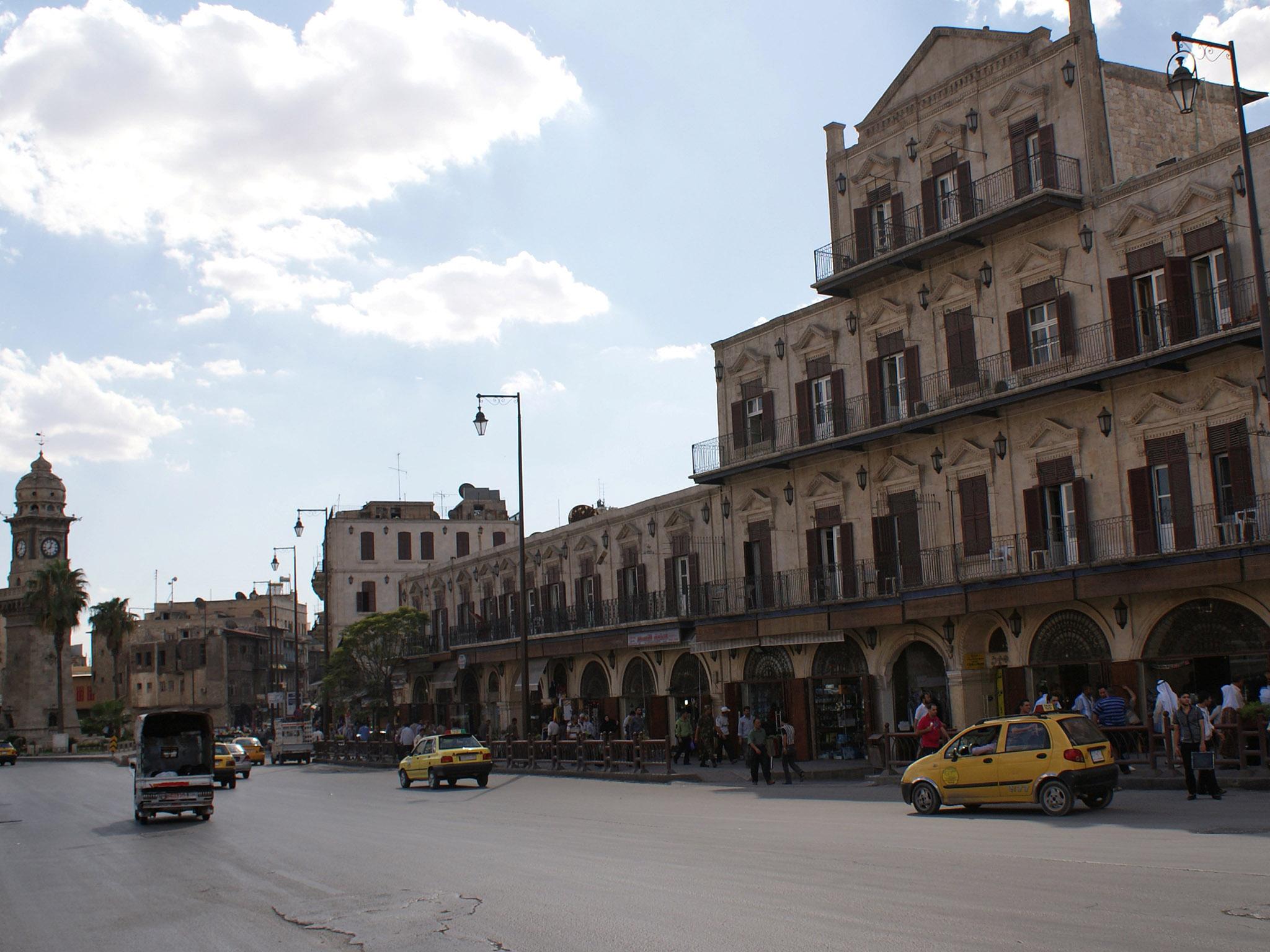The images that show just how much has been destroyed – and lost – in Aleppo
Aleppo was Syria’s largest city and the country’s industrial and financial centre for centuries

People are sharing images of what the Syrian city of Aleppo used to look like before it was devastated by war.
The city, located in the north-east of the country, was a thriving industrial and financial hub before violence between the government regime and rebel fighters took hold in 2012, severing it in two.
Four years of fighting since then has seen Aleppo's infrastructure obliterated by air strikes from both sides of the conflict — and now images are resurfacing as a reminder of the lively city it once was.
One Twitter user, Sophia Benoit, posted a selection of photos of the buzzing, lit up city along with the words: “You're probably only seeing pictures of bombed Aleppo.
“Remember to go back and read and learn about what was bombed, too. Make it real.”
Others have posted images of the city during the Christmas period in previous years, showing buildings lit up and festive lights adorning the streets.
For centuries before the conflict broke out, Aleppo was Syria’s largest city and the country’s industrial and financial centre.
Following Syrian independence in the 1940s, it developed into a major industrial centre that rivalled the capital Damascus, with its population expanding from 300,000 to around 2.3 million by 2005.
Aleppo before the Syrian Civil War
Show all 12Aleppo managed to remain largely unaffected by the protests and deadly violence that occurred during the first year of the uprising against President Bashar Al-Assad.
But the city suddenly became a battleground in July 2012, when opposition fighters launched an offensive to gain control over the north of the country.
From there, the division of the city saw the opposition control the east and the government the west — a split that sealed its fate and led to the devastation that left the city in the ravaged state it is in today.
Subscribe to Independent Premium to bookmark this article
Want to bookmark your favourite articles and stories to read or reference later? Start your Independent Premium subscription today.

Join our commenting forum
Join thought-provoking conversations, follow other Independent readers and see their replies